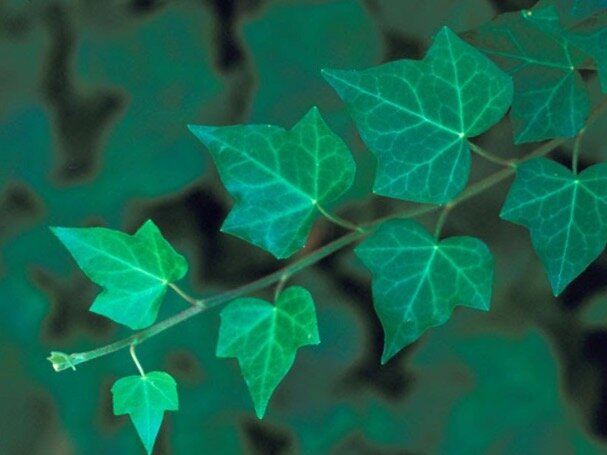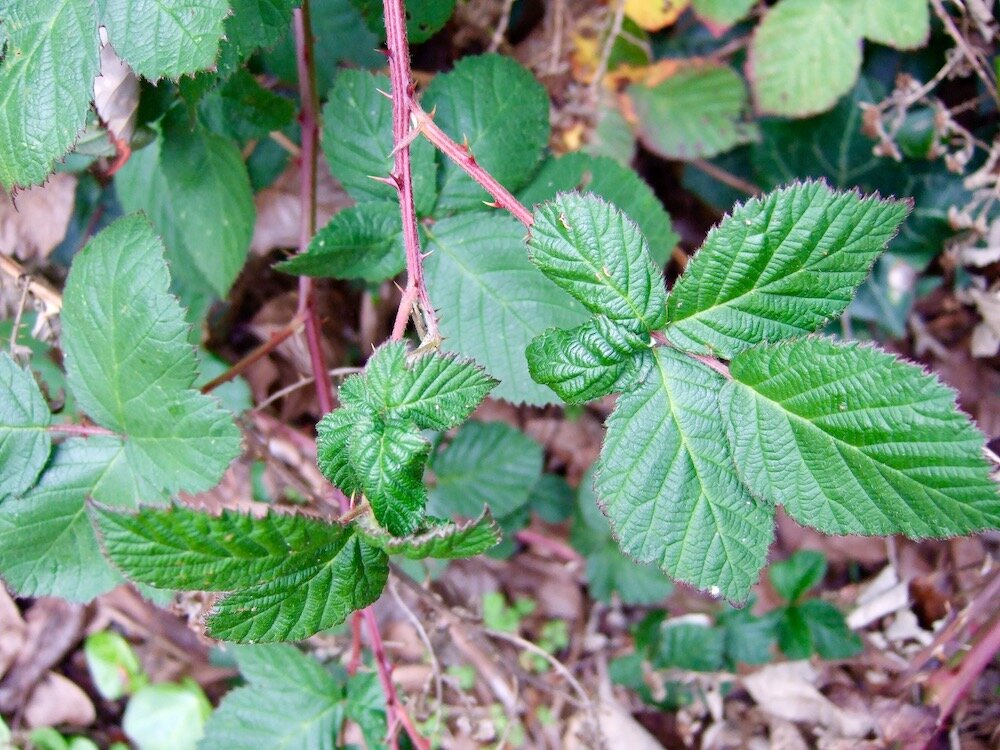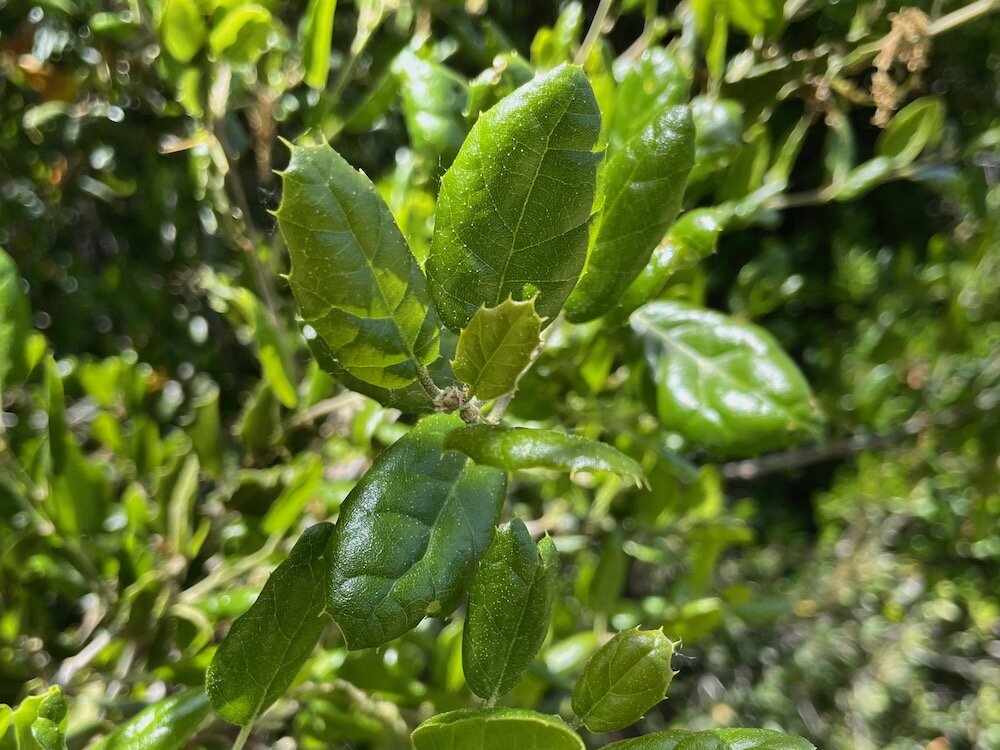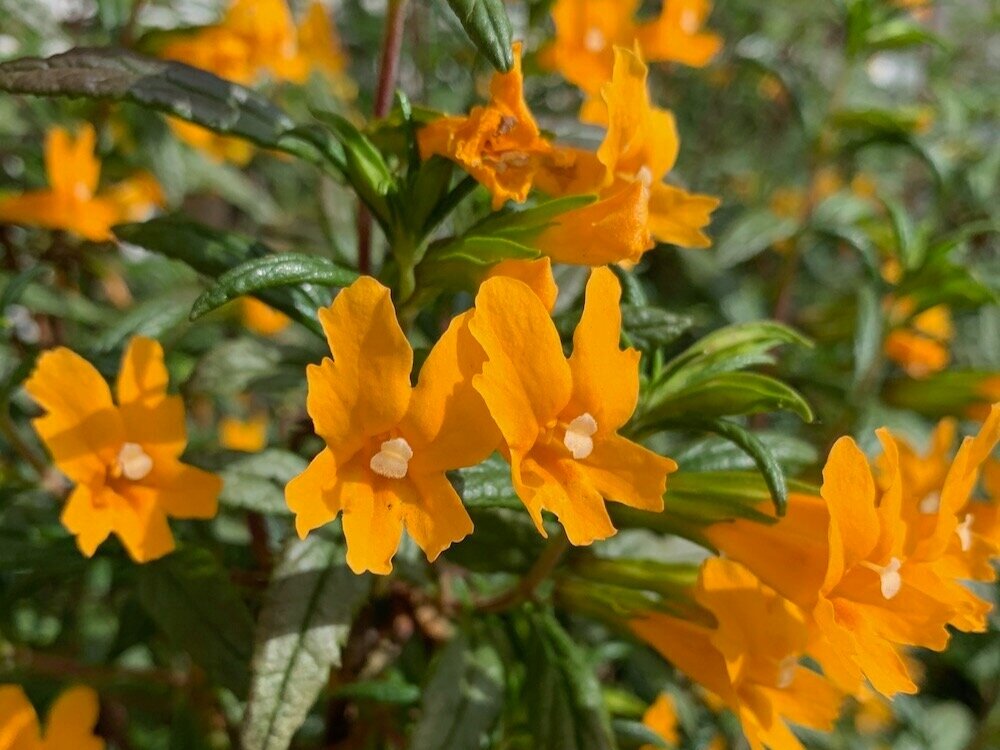Thinking about Planting?
By Cheyenne Gil, Grassroots Ecology College Intern
Cheyenne is a recent Grassroots Ecology college intern who worked at our Redwood City and East Palo Alto habitat restoration sites. Along with Project Lead Christina Blebea and Ecologist Sara Witt she assisted in fire fuel load reduction surveys, weed removal, watering, and creating a planting plot design for Cooley Landing utilizing California native plants. She is currently studying biology at Cañada College in hopes of getting her degree in Ecology or other plant/animals related sciences. This fall she plans to apply to a four-year institution to complete her degree. Now, she is taking up her own research project in Redwood Creek surveying the marine residents and their growth.
Utilizing the knowledge she gained from her time as an intern, Cheyenne put together this list of plants to avoid as well as ones she recommends for your garden for her internship capstone project.
If you are considering adding new plants to your outdoor space, it's important to remember which plants need to stay OUT of your garden. When searching for plants, keep in mind my personal list of the top four worst plants for our Bay Area gardens, and alternatives to plant in their place:
English Ivy (Hedera helix)
English ivy is a beautiful evergreen vine that can escape gardens and make it into the wild. With its exquisite climbing capabilities, this vine has proved time and time again to have devastating consequences. Its ability to conquer disturbed areas and push out our Bay Area natives is impressive and concerning considering the vast amount of area these plants have taken over across the Bay Area. While it makes a lovely wall covering, it is tough to remove without damaging the walls. Besides, it's a massive contributor to our Bay Area roof rat problem. YIKES! Definitely, a plant to stay FAR away from.
Himalayan Blackberry (Rubus armeniacus)
Another common Bay Area invasive plant is the Himalayan blackberry. With its yummy berries and adorable white flowers, it makes sense to be a fan favorite. However, its invasive nature needs to be kept away from our Bay Area gardens to reduce the risk of it escaping into the wild. An easy way to tell it apart from our native blackberry is to look at its thorns. If they are large and scary, chances are that it’s Himalayan blackberry and should be removed immediately!
Periwinkle (Vinca major)
Don't be deceived by Periwinkles' cute name, this plant is a monster! This garden escapee has done some significant damage to our coasts, foothills, woodlands, and even our deserts. Even with proper maintenance, watch out because this plant can sprout from the tiniest fragment of its vines. This allows for it to float downstream and start conquering other areas. Safe to say, this is another one you should stay far away from.
French Broom (Genista monspessulana)
Introduced as an ornamental plant for landscapes around the Bay Area, French broom has taken off and shown adverse effects on our ecosystems. This highly aggressive invader can turn whole areas into French broom fields by pushing out our native plants and wildlife. With its increasing abundance, it's also proving to be more and more of a fire hazard due to many animals not being able to eat it (except goats). Again, this is another one to stay away from when making plans for your garden.
SOME ALTERNATIVES
With all this negativity, let's look at my favorite natives that should be making an appearance in your gardens this year:
California Coast Live Oak (Quercus agrifolia)
Looking to add a tree to your garden? You can’t go wrong with an oak tree! As this native tree provides shelter for birds, butterflies, caterpillars, and other fun animals, it is sure to bring life to your garden. This round tree is slow growing, but will provide ample shade and beautiful yellow flowers during the winter and spring seasons!
Sticky Monkey-Flower (Diplacus aurantiacus)
This beautiful shrubby flower is not only a California native but a vibrant, bustling bush that provides food and shelter for native bees, butterflies, caterpillars, hummingbirds, and other bird species. Its flowers are an array of colors from red to orange that last a long time. This versatile plant does well in drained soil and would be a great addition to any garden.
Wild California Rose (Rosa californica)
This is one of my new favorite shrubs as I had the privilege of seeing this one in person at the Grassroots Ecology Native Plant Nursery. Not only does it bloom beautiful delicate pink flowers in the summer, but it has edible red berries. Upon my visit to the nursery I was able to try the berries and they were actually very interesting tasting. In addition to being an attractive plant it also attracts native bees and butterflies that are sure to brighten up your garden.
Hummingbird Sage (Salvia spathacea)
This flowering herbaceous plant that thrives in both shady and sunny areas. It is deer resistant and provides homes and food for many wildlife such as native bees and hummingbirds (hence the name). Their beautiful majestic flowers would bring a spark of color to any garden and are a must-have for this spring.
Sources:
English ivy, Hedera helix. Calflora.org. [accessed 2021 Mar 24]. https://www.calflora.org/app/taxon?crn=4023.
IPCW Plant Report. 2017 Oct 16. Cal-ipc.org. [accessed 2020 Dec 16]. https://www.cal-ipc.org/resources/library/publications/ipcw/report71/.
California Invasive Plant Council. 2017 Mar 20. Cal-ipc.org. [accessed 2020 Dec 16]. https://www.cal-ipc.org/plants/profile/vinca-major-profile/.
Coast Live Oak, Quercus agrifolia. Calscape.org. [accessed 2020b Dec 16]. https://calscape.org/Quercus-agrifolia-(Coast-Live-Oak).
Bush Monkey Flower, Mimulus aurantiacus. Calscape.org. [accessed 2020a Dec 16]. https://calscape.org/Mimulus-aurantiacus-().
California Wildrose, Rosa californica. (n.d.). Retrieved January 27, 2021, from Calscape.org website:https://calscape.org/Rosa-californica-(California-Wildrose)
Hummingbird Sage, Salvia spathacea. Calscape.org. [accessed 2020d Dec 16]. https://calscape.org/Salvia-spathacea-(Hummingbird-Sage)?srchcr=sc5fda84b6dd99a.









